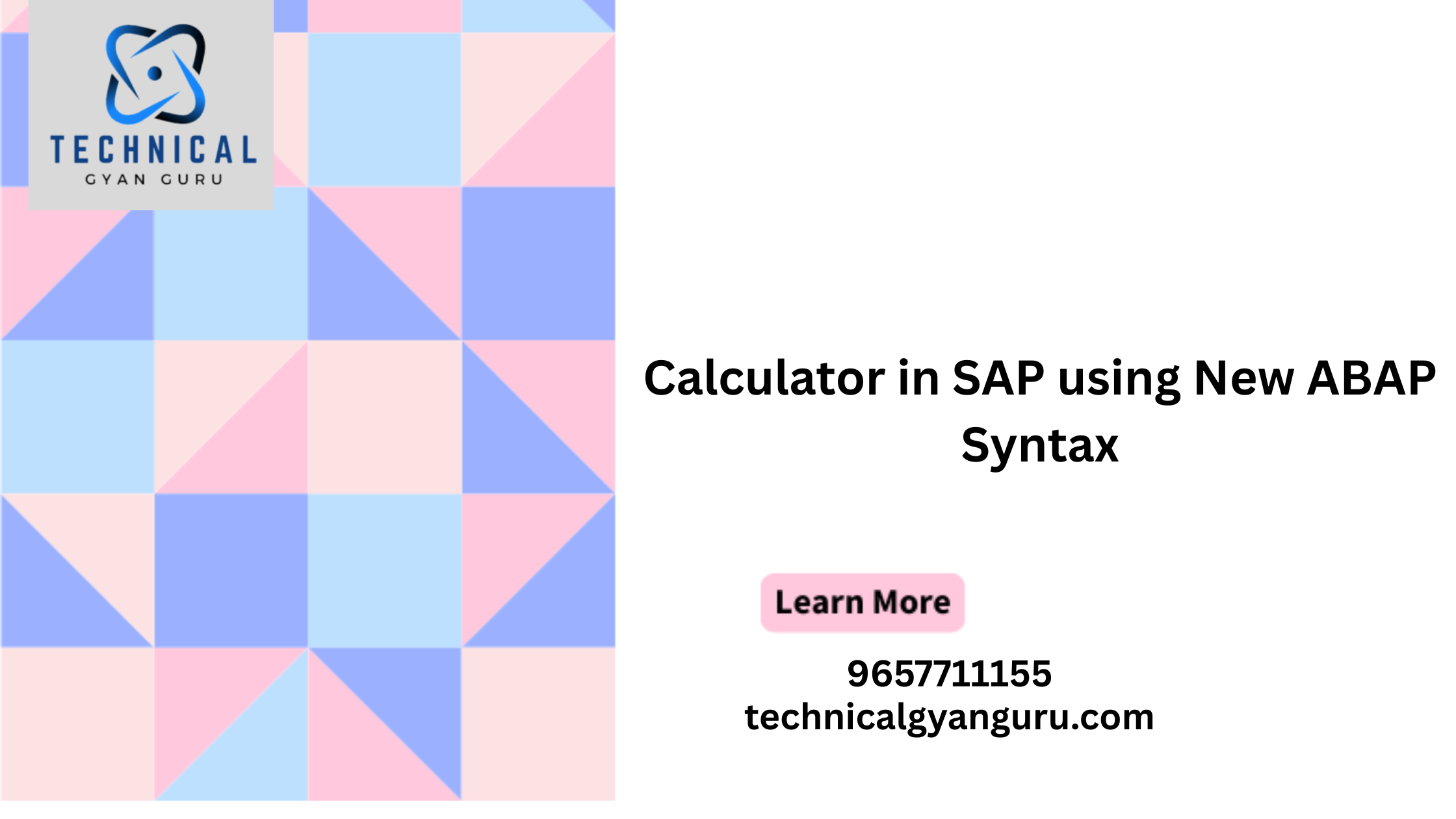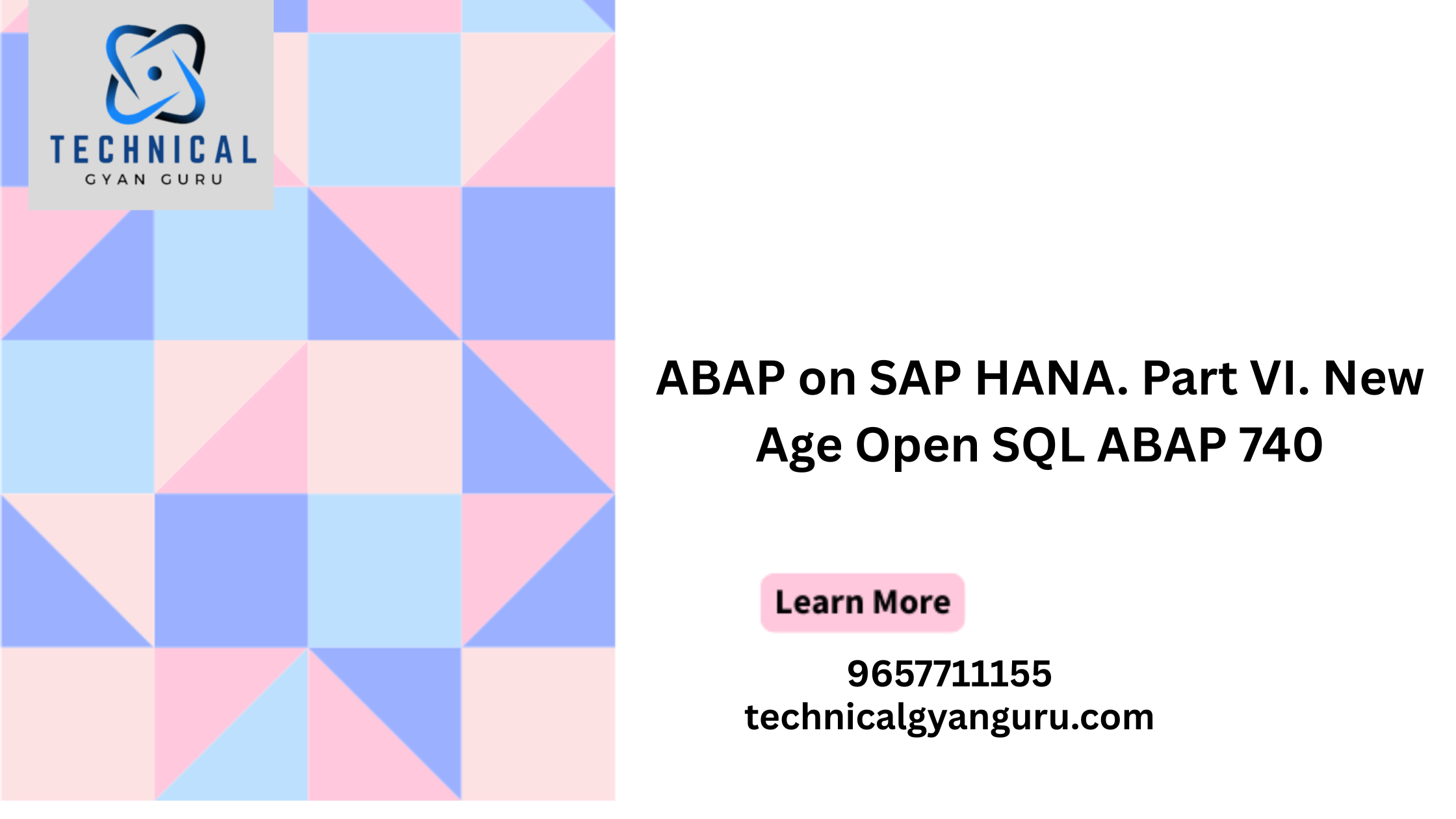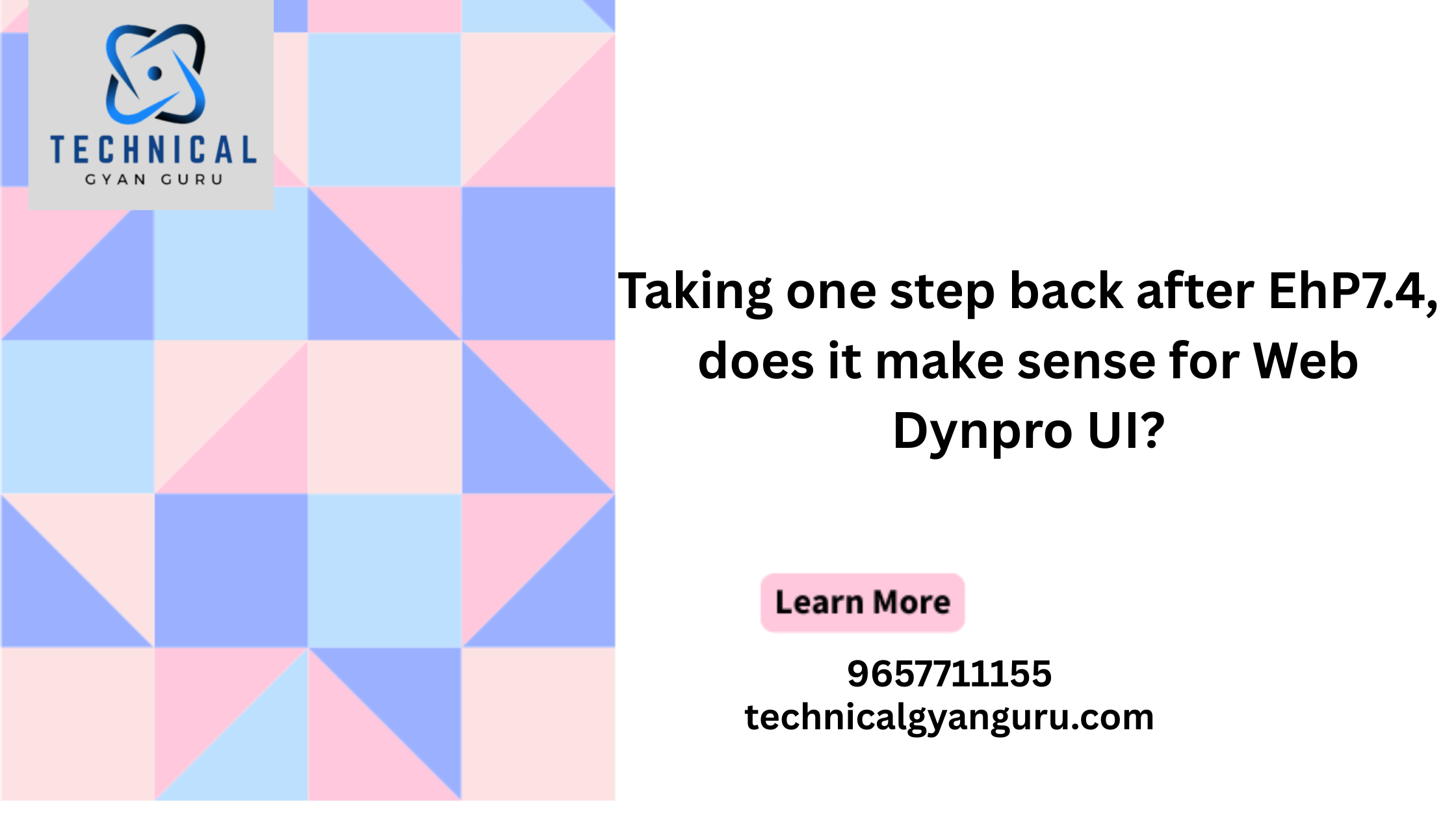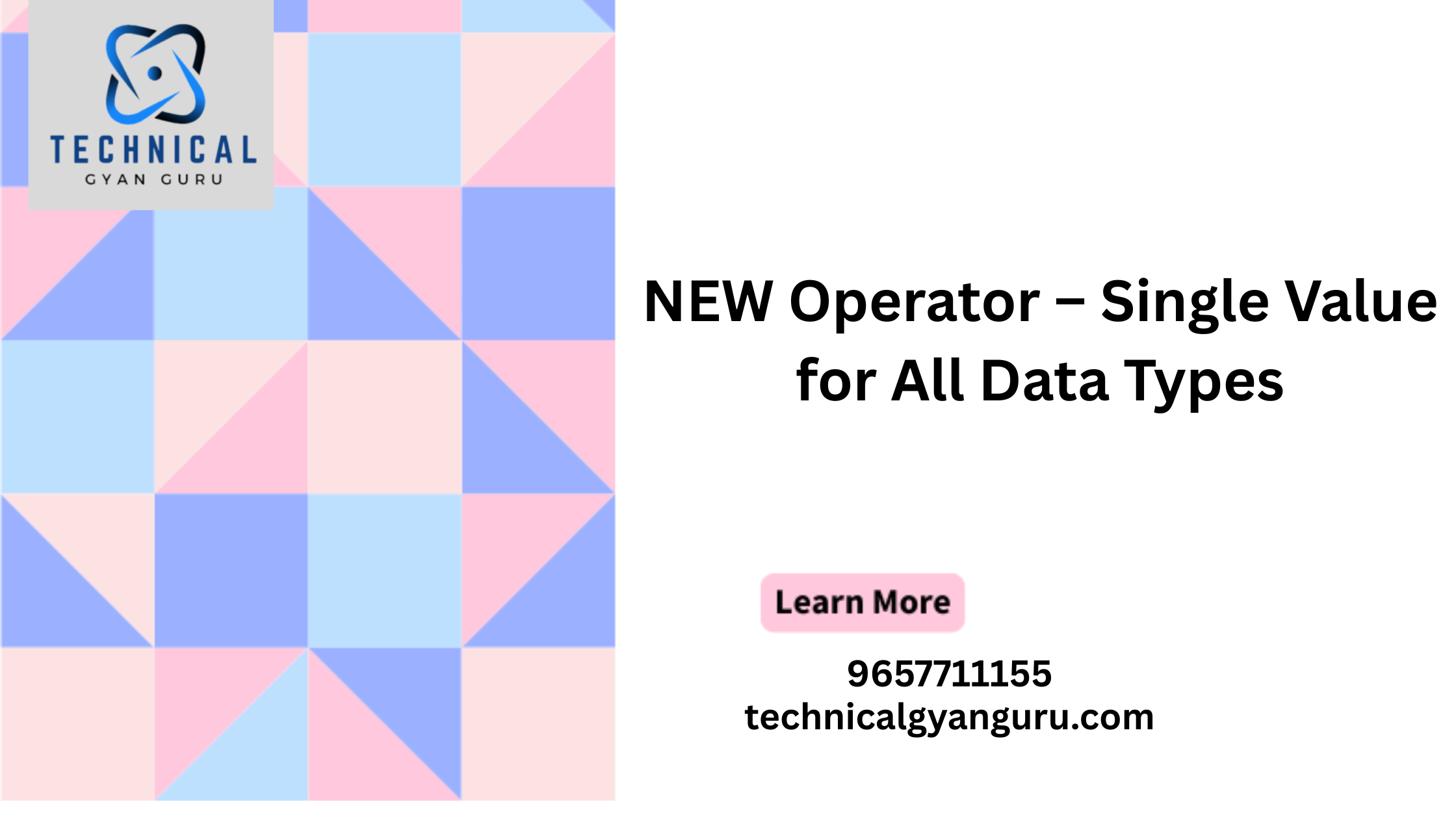Introduction: Android App Development
Android App Development: The world of Android app development is dynamic and ever-evolving, driven by technological advancements and changing user expectations. As we step into a new era of mobile innovation, it’s crucial for developers and businesses to stay abreast of the latest trends shaping the Android app development landscape. In this blog post, we will explore some of the key trends that are influencing the way Android apps are designed, developed, and experienced.
1. Kotlin Continues to Thrive:
- Overview: Kotlin, introduced by JetBrains as a modern and concise programming language for Android, has gained significant traction in recent years. Its expressive syntax, enhanced safety features, and interoperability with Java have made it a preferred choice for Android app developers. Expect Kotlin to continue flourishing as developers embrace its efficiency and capabilities.
2. Jetpack Compose for Modern UIs:
- Overview: Jetpack Compose is a modern UI toolkit for building native Android applications. It simplifies and accelerates UI development by using a declarative programming model. With its intuitive syntax and powerful features, Jetpack Compose is reshaping the way developers create engaging and responsive user interfaces for Android apps.
3. 5G Integration for Enhanced Experiences:
- Overview: The rollout of 5G networks is set to revolutionize mobile experiences, and Android app developers are capitalizing on this shift. The increased speed and reduced latency of 5G will enable developers to create more immersive and data-intensive applications, such as augmented reality (AR) and virtual reality (VR) apps, providing users with seamless and responsive interactions.
4. Foldable and Dual-Screen Devices:
- Overview: The emergence of foldable and dual-screen Android devices opens up new possibilities for app developers. Designing apps that seamlessly adapt to different screen configurations allows for enhanced multitasking and novel user experiences. Developers are exploring innovative layouts and interactions to leverage the unique capabilities of these devices.
5. Machine Learning and AI Integration:
- Overview: The integration of machine learning (ML) and artificial intelligence (AI) is becoming increasingly prevalent in Android app development. Developers leverage ML kits provided by Google to incorporate features like image recognition, natural language processing, and predictive analytics, enhancing the intelligence and functionality of their applications.
6. Instant Apps for Quick Access:
- Overview: Instant Apps allow users to experience an app without the need for installation. Android app developers are adopting this trend to provide users with instant access to key functionalities, reducing friction and improving user engagement. Instant Apps are particularly advantageous for apps that prioritize user interaction and quick access to services.
7. Enhanced App Security:
- Overview: As the number of mobile apps continues to rise, so does the importance of app security. Android app developers are prioritizing robust security measures, including secure coding practices, data encryption, and multi-factor authentication. The emphasis on user privacy and data protection is driving the integration of advanced security features in Android applications.
8. Internet of Things (IoT) Integration:
- Overview: With the proliferation of IoT devices, Android app developers are exploring ways to integrate mobile applications with smart devices. From controlling smart home devices to monitoring health and fitness data, Android apps are becoming central hubs for interacting with the broader IoT ecosystem.
9. Progressive Web Apps (PWAs):
- Overview: Progressive Web Apps offer a hybrid approach that combines the best of web and native app experiences. Android app developers are increasingly adopting PWAs to provide users with fast, reliable, and engaging experiences, regardless of the device or platform. PWAs leverage modern web technologies to deliver app-like functionalities through a browser.
Conclusion:
The world of Android app development is dynamic, with trends constantly shaping the landscape. Staying informed about these trends is essential for developers and businesses looking to create innovative and user-centric applications. Whether it’s embracing new programming languages, adopting modern UI toolkits, or leveraging emerging technologies like 5G and AI, the Android app development ecosystem is full of exciting possibilities. By keeping a keen eye on these trends, developers can craft applications that not only meet current expectations but also anticipate and adapt to the evolving needs of users in the future.







